You are here
Rare Wwii 1942 Classified British D-day Landing Craft Tlc Iv Blueprint Lot Relic
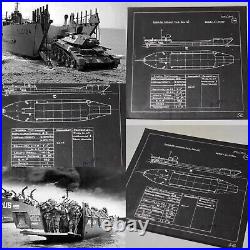
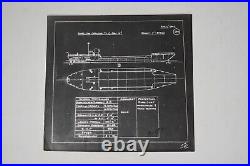
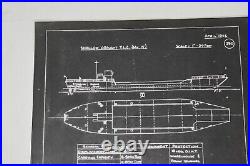
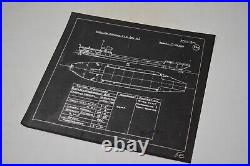
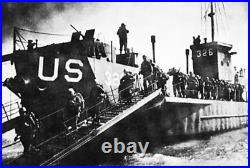
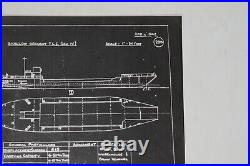
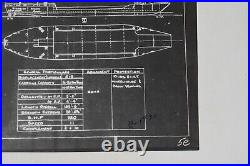
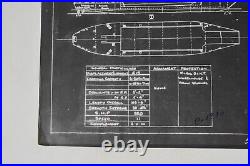
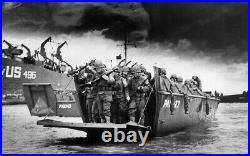
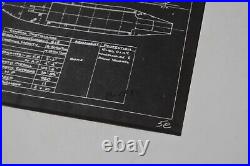
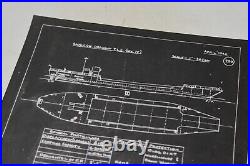



These blueprints were also shared with the US as they prepared for D-Day and other theater operations. In the run up to WWII, many specialized landing craft, both for infantry and vehicles, were developed.
In November 1938, the British. Inter-Service Training and Development Centre. Proposed a new type of landing craft.
Its specifications were to weigh less than ten. To be able to carry the thirty-one men of a British Army. And to be so shallow drafted as to be able to land them, wet only up to their knees, in eighteen inches of water. All of these specifications made the LCA; a separate set of requirements were laid down for a vehicle and supplies carrier, although previously the two roles had been combined in the.
Aboard a LCA of the 529th Flotilla, Royal Navy. Of Cowes built a prototype to the Fleming design. Eight weeks later the craft was doing trials on the. All landing craft designs must find a compromise between two divergent priorities; the qualities that make a good sea boat are opposite those that make a craft suitable for beaching.
The craft had a hull built of double-diagonal. The sides were plated with 10lb.
DIHT armour, a heat treated steel based on D1 steel. The LCA remained the most common British and. Landing craft of World War II, and the humblest vessel admitted to the books of the.
Prior to July 1942, these craft were referred to as "Landing Craft" (ALC), but "Landing Craft;" (LCA) was used thereafter to conform with the joint US-UK nomenclature system. Developed in response to a British request for a vessel capable of carrying and landing substantially more troops than the smaller (LCA). The original British design was envisioned as being a "one time use" vessel which would simply ferry the troops across the.
And were considered an expendable vessel. As such, no troop sleeping accommodations were placed in the original design.

